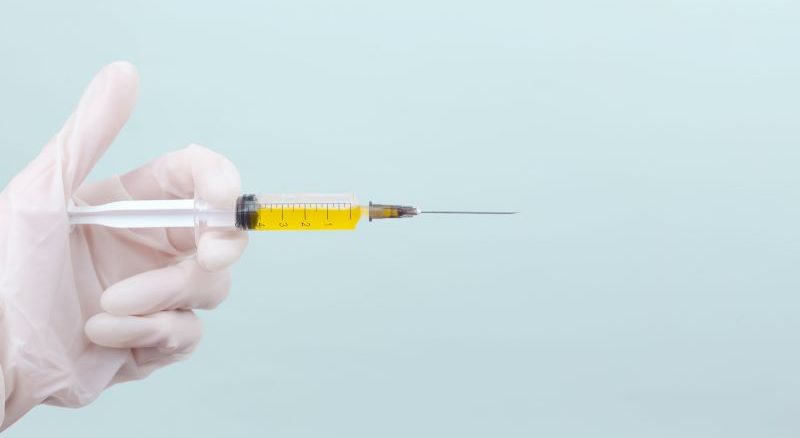Have you been experiencing acute or chronic pain? Have you tried multiple treatments and not found lasting relief? Are you considering surgery as your last option? The following article will introduce you to a safe and effective treatment for recent and longstanding pain called perineural injection therapy (PIT).
In order to understand how PIT works, let’s briefly talk about why and how you may be experiencing pain.
We have nerves throughout our body. They act like cables, sending information from one part of the body to another. Some nerves carry messages from the brain to the rest of the body, while other nerves deliver information from the body to the brain. Nerves play an important role in telling the heart to beat, the legs to move, the lungs to breathe, and the body to feel sensations, including pain.
While there are different types of nerves, in this article we will be focusing on sensory nerves—in particular the c-fibers. These nerves are responsible for sending pain messages from the body to the brain.
While it may seem like an annoyance to feel pain, it is a necessary and critical alarm system that helps prevent our bodies from experiencing further harm; however, in some circumstances, this message continues to be relayed after the initial harm has passed. Chronic pain occurs when this message continues for a few months.
Do you have chronic pain? If so, you are not alone. A 2019 survey reported that 1-in-5 adults in the United States suffered from chronic pain.
While there are multiple causes of chronic pain, the most common cause is often due to an initial physical injury.
You know what I am talking about, weekend warriors! And you, distracted cell phone users!
While the initial injury can cause nerve irritation, the pain experienced is often made worse by pressure on the nerves from the resultant initial swelling. When things go according to plan, the inflammatory response sets into motion the body’s ability to heal and the damaged parts of the body are repaired. As the body heals itself, it slowly reduces the level of inflammation resulting in the resolution of swelling and pain.
Sometimes, even when the swelling has subsided, the pain can linger and potentially become chronic.
One theory on the occurrence of chronic pain suggests that a lack of blood flow (ischemia) to the nerve causes a faulty barrier where the blood vessel meets the nerve, leading to further inflammation; this inflammation triggers a pain signal and leads to localized swelling around the nerve. The swelling around the nerve leads to more mechanical pain as well as further pressure on the nerve and hence less blood flow creating a loop that continues to perpetuate itself over time.This positive feedback loop could be responsible for chronic pain.
When the nerve does not receive proper blood flow, it is not receiving its main energy source: sugar in the form of glucose. Studies have shown that if you bathe (peri) the nerve (neural) with glucose (perineural injection therapy), it stops sending a pain message to the brain, resulting in a break in the positive feedback loop. This break in the pain signal can last anywhere from a few hours to a few days. Furthermore, while there is an initial decrease in pain, subsequent perineural injection treatments will continue to provide the nerve with the necessary energy source to heal and either decrease or stop the pain signal for good.
The best part of perineural injection therapy is that it works instantaneously. If the therapy is indicated, you will leave the first treatment with a great reduction in your pain, often between 50- and 80-percent.
And with each subsequent treatment, you usually see a 10-20% improvement in your pain.
When done on a weekly basis, most people with chronic pain can be pain-free or have drastically decreased pain after 4 to 12 treatments.
While PIT treats nerve pain and inflammation, it excels at treating the following conditions:
- Frozen Shoulder (Adhesive capsulitis)
- Migraines
- Jaw Pain
- Foot, Knee, Leg, Hip, Back, Shoulder and Arm pain
- Sciatica
- Restless Leg
- Carpal Tunnel Syndrome
- Plantar Fasciitis
- Morton Neuroma
- Scar neuromas, Sensitive Surgical Scars
- Complex Regional Pain Syndrome
- Bell’s Palsy
- Trigeminal Neuralgia
Ready to give it a try but concerned about needles?
The treatment consists of receiving shallow injections (similar to the TB shot) around the painful area. The needles used are very small, similar in size to an acupuncture needle, making the treatment tolerable even to the most sensitive patients.
Are there any side effects?
Given that glucose is a part of the normal functioning of the body, adverse side effects from perineural injection therapy are rare. Adverse effects include: bruising and soreness at the injection site, numbness, and a rare risk of infection or allergy from the sugar solution.
Ready to try perineural injection therapy?
Then come experience for yourself what a bit of well placed sugar solution could do for your pain.



